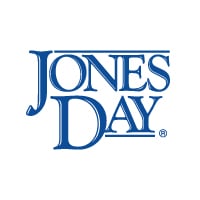

Global legal and compliance director | SML Group




Teruce Yuen
Global legal and compliance director | SML Group
How do you approach managing legal aspects during periods of instability or crises, and how does your legal strategy align with the broader business strategy to ensure the organisation’s resilience?
During periods of instability or crises, I manage legal aspects with an internal customer-focused approach to maximise synergy among companies, functions, and employees within our group. This also includes effectively utilising our relationships with other stakeholders (e.g., customers, and goods and service suppliers) to achieve optimal outcomes. That will be in alignment with the broader business strategy to ensure the organisation’s resilience, as well as our group’s five core values of teamwork, innovation, accountability, sustainability and agility.
In contract review, drafting and negotiations, I strive to minimise potential legal risk exposure with clauses which are less open to unfavourable interpretation (e.g., a customised force majeure clause to cover worst-case scenarios of pandemic in view of the unprecedented global logistics and lockdown problems as a result of COVID-19) and liability clauses which are proportionate to profitability of the business, with enforceability considerations.
Credit risk management and dispute resolution management are two spheres which tend to be of much significance in a period of crises or instability. In contractual and employment disputes where neither party is one-sidedly at fault, I always strive to recommend my colleagues a solution or approach which will serve to facilitate a win-win situation to avoid a dragging on of the predicament for both sides. In credit risk management, I work closely with the group credit control team, group treasury, and relevant local finance and business teams, ensuring that all parties consult each other and share intelligence and data. This helps to expedite the resolution of the problem at hand and prevents its deterioration. We have avoided deterioration of minor delinquency of account receivables with order hold, contract termination and skipping legal proceedings when legal costs to be incurred will be disproportionate. We have also mitigated losses by terminating a contract with an offshore credit control and debt collection agency for a region and transferred the business to another agency with whom we were working for another region.
In trade compliance management with suppliers and customers, I work together with our compliance officers to ensure a sound trade compliance programme is in place, monitoring and mitigating of legal and compliance risks whilst political instability is becoming an increasingly crucial factor which makes anti-terrorist financing and sanctioning law compliance a growing challenge to most customers. Given the dynamic legal and compliance landscapes, we collaborate with law firms and other relevant service providers to minimise our risk of falling behind in relation to changes in laws, regulations, and industry standards. Continuous monitoring of the relevant legal and regulatory development trends also allows us to plan ahead and make timely adjustments to our operational changes with consequential policy, contract and compliance programme updates.
As regards crisis management, we have enhanced our capacity through more active cross-functional joint efforts, including in-house legal involvement, in response to common incidents such as phishing emails, as well as more significant operational problems (e.g., product component shortage and supply chain disruptions) because of unexpected political, market or pandemic development. That has enabled us to assemble a task force swiftly and formulate and execute a plan and respond accordingly from the marketing, public relations, legal and compliance perspectives in a well-coordinated manner.
While AI is often viewed as a rising star in this present era of crises and instability, I am still conservative since generative AI is only as good as the information with which you feed it. To draw an analogy with reliance on computerised Chinese/English translation of IPO prospectus in Hong Kong, I do not believe in immediate and substantial savings in legal costs and man-hours without substantial human checking, verification and editing to ensure the right quality output is there. The legal landscape for AI is still in its infancy stage and I believe the cost of subscribing to AI-based services for legal work will be driven down progressively with higher quality and reliability in the near future.
What measures has your company taken to embed sustainability practices into its core business operations, and how does the role of the General Counsel contribute to driving and ensuring sustainable practices within the company?
Our group’s sustainability practices, as embedded in our core business operations, are built upon three strategic pillars: fostering climate resilience, embracing circular practices, and generating positive social outcomes.
In response to climate change, we advance decarbonisation with more use of renewable energy by installing solar panels on production sites and purchasing renewable energy certificates. WE also improve energy efficiency with innovations in core manufacturing processes (e.g., building machinery to simplify production of RFID hang tags with higher efficiency and less emission).
To minimise our products’ potential adverse impact on the planet, we strive to incorporate more circularity-friendly materials into them. EcoInspire™ is our collection featuring products made from such recycled materials as PET plastics. We also produce and promote products made from FSC-certified paper sourced from responsibly managed forests, thereby reducing our own and our customers’ environmental impact and carbon footprint.
We are committed to generating positive social outcomes by leveraging our global influence to help local communities prosper through donations and staff participation in community events (e.g., in Hong Kong, Vietnam, and Bangladesh).
To help ensure our sustainable practices are implemented progressively, I play an advisory role as in-house legal advisor, director of several companies and member of our ESG committee. By working together with our group and local management members, group marketing, compliance and ESG officers as a cross-border multi-functional team, our concerted efforts serve to ensure our operations and practices live up to the spirits of the relevant local environmental laws and regulations on sewage treatment, waste disposal and air emissions control. All team members strive to achieve synergy through pooling of data, resources, experience and expertise in monitoring changes to such laws and regulations, and timely implementation of them with necessary adaptations to our systems and operations. Working together with our compliance, ESG and marketing officers, I share with them a common vision in our systematic and progressive rollout of innovative, sustainable products and services with intellectual property protection considerations.
Can you discuss a particularly challenging dispute or M&A scenario you encountered and the innovative strategies you implemented to address it?
X had been involved in cross-border intellectual property infringement litigation with another of our component suppliers, Y, with claims and counterclaims that had persisted for years. Whether our end products to customers would infringe X’s or Y’s intellectual property, or both, depended on the outcome of this litigation.
In 2023, our industry’s players found that the prices for such components started to fall with excess supply from suppliers while the market demand for the relevant end products continued to drop from early 2023. That had been unprecedented, and X started to have not dissimilar requests from our major competitors for component deliveries re-scheduled as a result.
Our group board members and I had different views on the approach to take in negotiating with X. At one point, I believed issuing a robust demand letter could create a stalemate that might result in our US and potentially non-US law firms dealing directly with X’s global law firm. A robust formal letter in response could easily be taken or mistaken as over-reacting or a hostile stance which might compromise the bilateral good working relationship hitherto. I began researching into the grounds in our favour under the governing law for the master business contract with X and the legal implications in other jurisdictions concerned so that in case the amicable bilateral negotiations failed we could respond duly within a few days. I also engaged a US law firm to act for us in a final court decision against X in the litigations in the USA would also aggravate our legal and commercial positions vis-à-vis our customers for the end products and make amicable negotiations with X even less workable.
Halfway through the amicable negotiations, there was growing pressure from our US law firm to engage offshore law firms to back us up as it did not practise laws other than US laws. With fundamental need for us to control legal costs and assess contractual litigation risks at more than one battlefront and maintaining good commercial relationships with X, Y and our customers who purchased such end products from us with a component from X, I struggled to convince myself that this situation would remain manageable for some time. Proper crisis management with commercial, legal and financial considerations was the key to the way forward then.
Our US law firm agreed to continue acting for us despite this unusual and prolonged situation for it, and we managed to jointly work out contingent legal and commercial alternatives at various stages. The deadlock with X continued for months, and the cross-border intellectual property infringement litigations remained unresolved for years. Our group ended up succeeding in reaching reasonable compromises with X and Y respectively months before they signed a settlement agreement in early 2024 to conclude the cross-border litigations. We got favourable component delivery schedules and prices via the greatest teamwork ever among our shareholder, group board members, group operations and group procurement function heads, which served to divorce ourselves with the predicament once and for all. The settlement agreement contained reciprocal licensing arrangement for intellectual property related to components between X and Y, thereby ending our last worry about legal liability exposure vis-à-vis our customers for the end products.
Global Legal & Compliance Director | SML Group